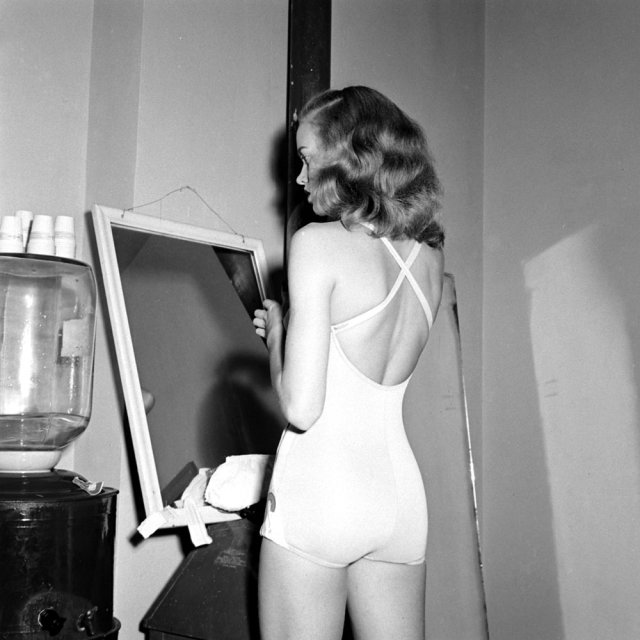Nearly Identical Products Cost More When They're Marketed to Women

Apparently pink is at a premium.
As the Washington Post reported, products marketed to women and girls cost an average of 7% more than nearly identical products marketed to men, according to a study of 800 products with both male and female versions conducted by the New York City Department of Consumer Affairs.
For example, the study found that Target sold a Radio Flyer red scooter with two front wheels, plastic handlebars and a foot brake for $24.99. The same scooter—two front wheels, plastic handlebars and a foot brake—was listed for $49.99 in pink.
Target changed the item prices after report was released last week, blaming the discrepancy on a “system error,” reports the Washington Post. But the retailer declined to clarify the cause of a number of other price discrepancies on gendered toys—like the Raskullz shark helmet aimed at boys ($14.99) and the Razkullz unicorn helmet marketed to girls ($27.99).
The report found that the same phenomenon held true for other gendered items, like clothing, razors, and other personal grooming products, even when the products themselves are virtually identical.
Differences in pricing for men and women is nothing new—a 1994 report produced by the State of California found that women pay about $1,351 annually for more for comparable services than men. And in some places it has been illegal for years—since 1998 in New York City, for example—to charge separate prices for men than women for the same services. But there is no federal law mandating gender pricing parity.
